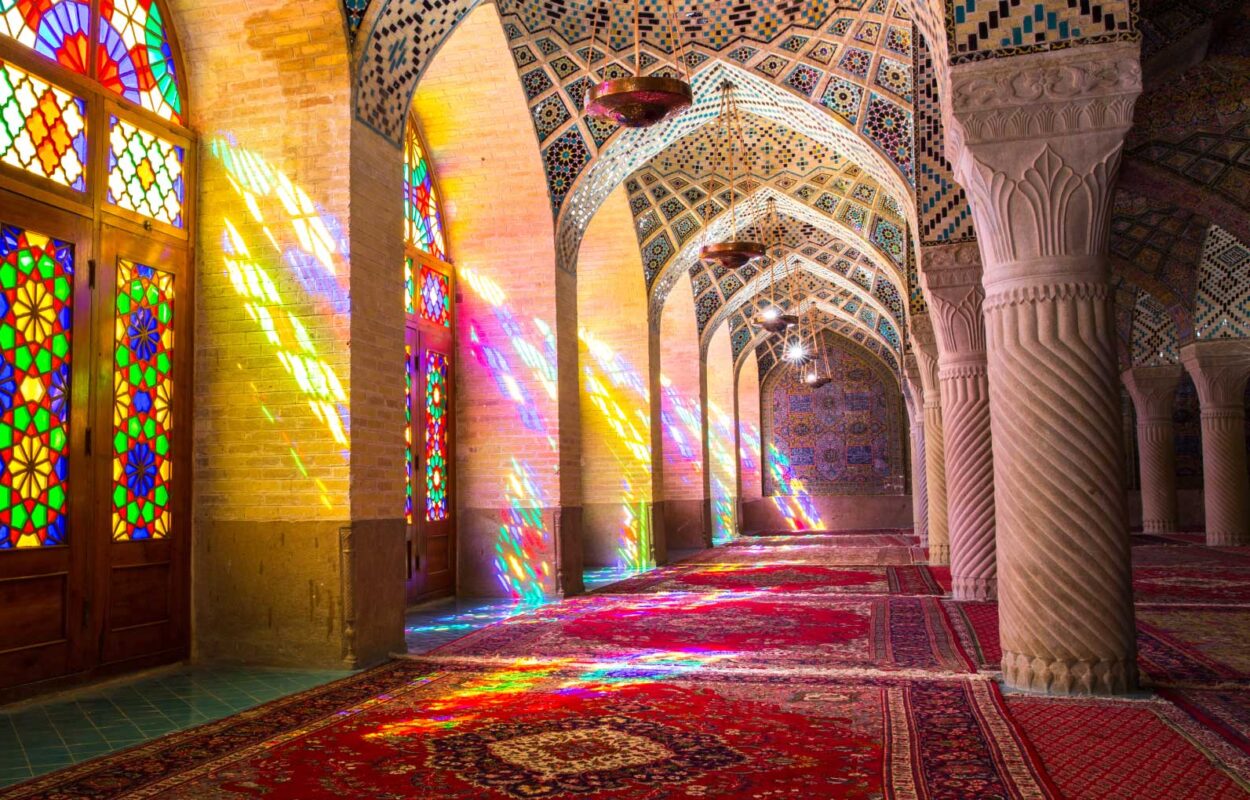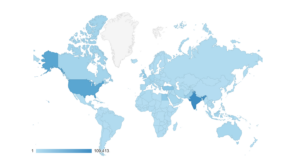Between January 1 and December 7, 2020, the total number of Archnet users rose by 6.4% over the same period in 2019. These users viewed a total of nearly 3 million records, 12% more than they viewed in 2019. Use of Archnet has risen steadily since 2015, the first full year for which we have reliable statistics on our current platform.
To date, visitors have come to Archnet from more than 200 countries or territories, but the largest user groups are in India (21%), the United States (14%), and Turkey (6%). Social media has become a more significant source of Archnet users. There has been a 65% increase in referrals from Twitter, and a 17% increase in referrals from Facebook. However, Pinterest referrals declined by 14%.
Aside from search engines, Facebook is also the largest source of referrals to Archnet in general, though more than 3,260 sites referred users to Archnet so far this calendar year. Other top referrers include Wikipedia (multiple languages), The Guardian, Bibliotheca Orientalis, PreserveNet, and institutions of higher education worldwide.
After the homepage, the most accessed resource in 2020 was the Archnet Timeline, a dynastic introduction to the history of Islamic architecture. The most downloaded publication is Charles Correa. This survey of the early works of the great Indian architect has been at the top of our publication download list since Correa’s death in 2015. The most-watched video of 2020 was D’azure et d’or, Ispahan / Isfahan: Azure and Gold, filmed in the early 1970s by Marie-Thérèse Ullens de Schooten. See more of our most popular resources on Archnet’s 2020 Top Ten Lists.In terms of social media, Facebook was the largest referrer, referring approximately 500 visitors to the description of the Tangier American Legation’s Glass Negatives collection. The most shared link on Pinterest was to the Safari Roof House in Petaling Jaya, Malaysia, and Twitter brought users to the record for the complex of Sultan Qalawun in Cairo.


